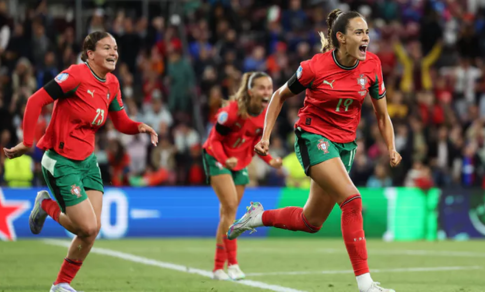Just a decade ago, the idea that the UEFA Women’s European Championship could generate over €100 million in revenue might have seemed like fantasy. Yet Euro 2025, currently taking place in Switzerland, has proven itself as one of the year’s most significant sporting events—on and off the pitch.
With 16 of Europe’s best national teams battling it out, this edition of the tournament is not only a celebration of elite football but also a major economic engine. The €32 million in prize money marks a 100% increase from Euro 2022 and a 300% leap compared to Euro 2017. This surge reflects UEFA’s growing commercial confidence in the women’s game and the rise in global viewership and sponsorship interest.
Sponsorship and broadcasting rights alone are projected to bring in over €100 million—an extraordinary leap from the modest figures seen just ten years ago. Back then, women’s football sponsorship was often bundled as an afterthought with men’s events. Today, major global brands such as Visa, Heineken, Volkswagen, and Universal Studios are investing directly and substantially in women’s football.
Though still dwarfed by the men’s UEFA Euro (which generates over €2 billion) and the UEFA Champions League (over €3.5 billion annually), the women’s game is experiencing rapid growth. In 2025 alone, total global revenues from women’s sports are expected to reach $2.35 billion—an 80% increase from the previous year.
Broadcasters are also embracing the shift. The National Women’s Soccer League (NWSL) in the U.S. signed a $240 million broadcast deal through 2027, a massive jump from previous contracts, showing the expanding appetite for women’s sport worldwide.
Switzerland, this year’s host nation, stands to benefit immensely. Economic estimates suggest the tournament will contribute more than 300 million Swiss francs to the local economy, thanks to spending from tourists, teams, and media. The government’s expenditure of 30–70 million euros is expected to be offset significantly by tax revenues, job creation, and long-term tourism gains.
Euro 2025 is a far cry from the tournament’s humble beginnings. The first Women's Euro in 1984 drew fewer than 6,000 fans in total. By 2005, that number had grown to over 112,000, and by Euro 2017 in the Netherlands, the total ticket sales exceeded 240,000 with TV audiences reaching 25 million.
The turning point came in England in 2022, when over 500,000 fans filled stadiums and global viewership exceeded 365 million. The final alone drew a UK television audience of 17.4 million—proof that the women’s game had firmly arrived.
This exponential growth is being mirrored in prize distribution. UEFA’s €8 million prize pool in 2017 doubled to €16 million in 2022 and has doubled again in 2025 to €32 million. As commercial revenue soars, more funds are available for athletes, teams, and grassroots development.
Beyond the numbers, the excitement is palpable among the players. Chelsea and England striker Lauren James described the tournament as “a new beginning, a kind of new era,” reflecting a new generation of talent ready to shine.
On the sporting front, all eyes are on Spain, who aim to complete an unprecedented treble after winning both the FIFA Women’s World Cup and UEFA Nations League. Legendary captain Alexia Putellas, who missed the last Euro due to injury, expressed her personal anticipation: “I’ve been preparing for this moment for a long time.”
While full parity with the men’s game remains a distant goal, Euro 2025 has firmly cemented women’s football as a global force—economically, culturally, and competitively.








ADD A COMMENT :